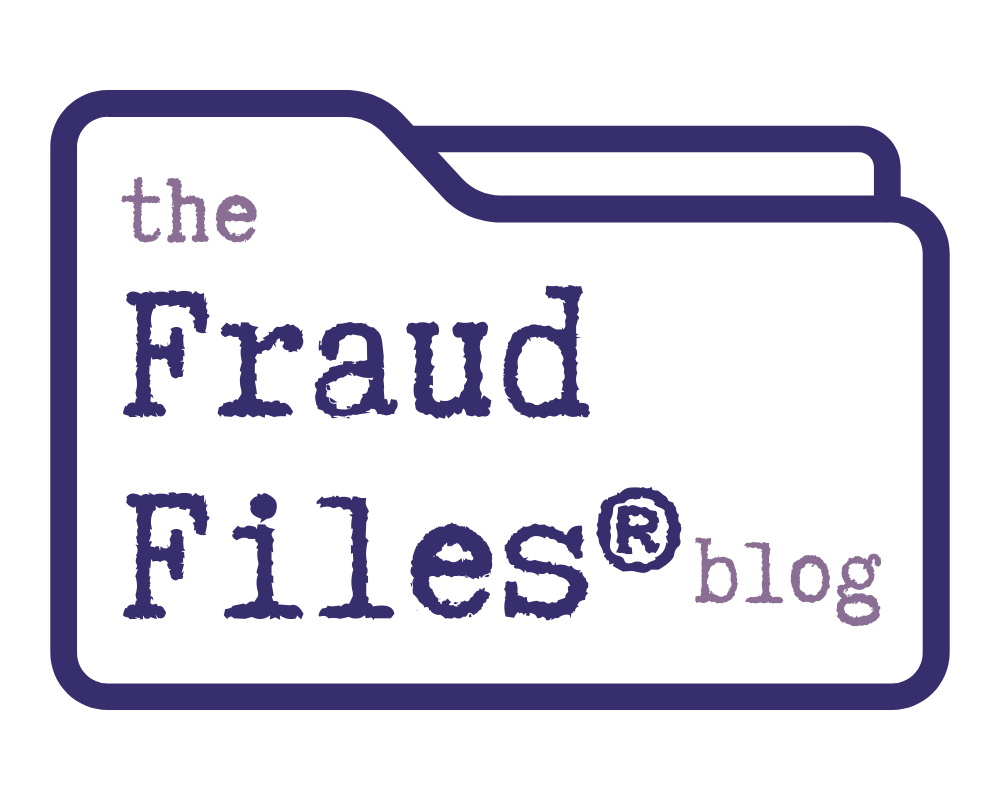
Closely-held businesses often create problems in divorces, as they need to be valued for the property division and the income needs to be evaluated for support purposes. It can be difficult to examine the income of a business that transacts with its customers primarily in cash. However, there are ways to verify whether the income being reported is reasonable.
Some of the ways that the income of cash businesses can be examined and verified include:
1. Find out the normal mark-up or profitability of the product or service being sold, and see how recently reported figures of the company compare.
2. Identify expenses that change in conjunction with income. (i.e. As income goes up, expense X goes up proportionately.) Look at those expenses over several years to see if there are any anomalies or changes, particularly around the time of the separation.
3. Find a documented expense or item that can prove or disprove income. For example:
- The water bills of a laundromat can be examined. If periods after the filing of a divorce action show substantially lower income, yet show water usage in line with historical figures, it may be alleged that income is being intentionally underreported.
- Shipping records through a private shipping company such as UPS or FedEx may indicate that the volume of packages shipped by the business has not decreased, suggesting income may not have dropped as reported.
- Purchases of alcohol for a bar or restaurant may indicate no change in quantities, despite the business reporting substantially reduced income. The volume of liquor purchased may suggest that sales are as good as ever.
4. Examine payroll records. If income is down substantially, the need for employees should be reduced as well, and payroll numbers should drop.
5. Look at asset purchases. Are they in line with the claimed decreased income? business is suffering, why is the business expanding or upgrading?
6. Compare the percentage of cash versus credit card receipts. In many businesses, there is a predictable ratio of customers that use cash versus credit cards. Since credit card sales are more difficult to conceal, the business owner will often correctly report those while skimming cash from the business and underreporting the cash sales. A comparison of the ratio over time may show a change in that ratio right at the time revenues supposedly decreased.
The financials of a business that is part of a divorce action should not be taken at face value. Analysis and investigation of the numbers should be done prior to making any sort of divorce settlement. It is very easy to manipulate the numbers in a closely-held business, which is why the other spouse must take a careful look at the numbers before agreeing to anything.



